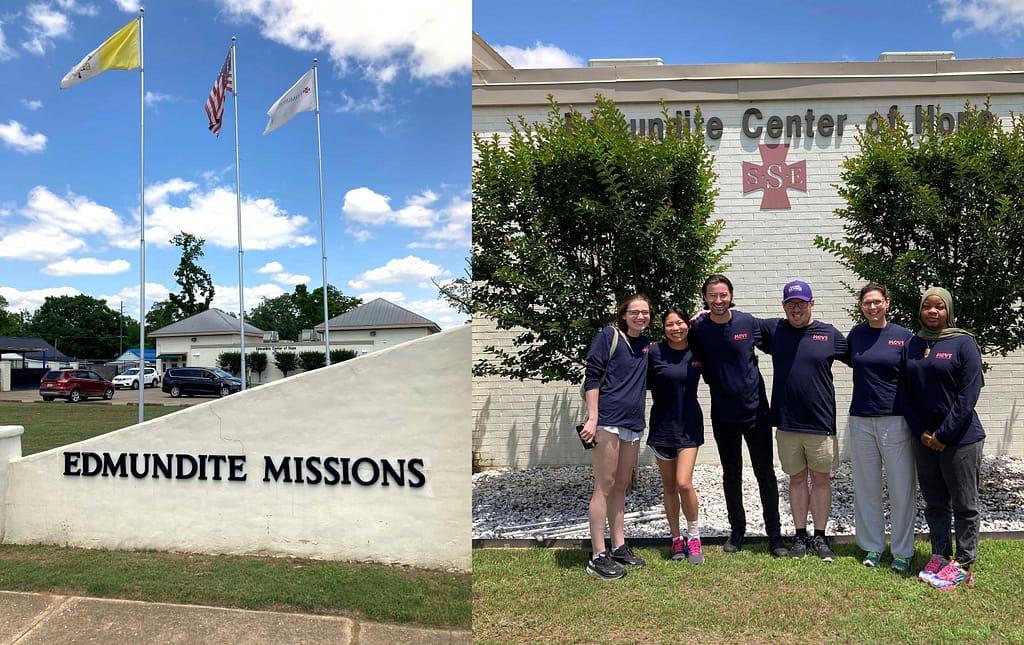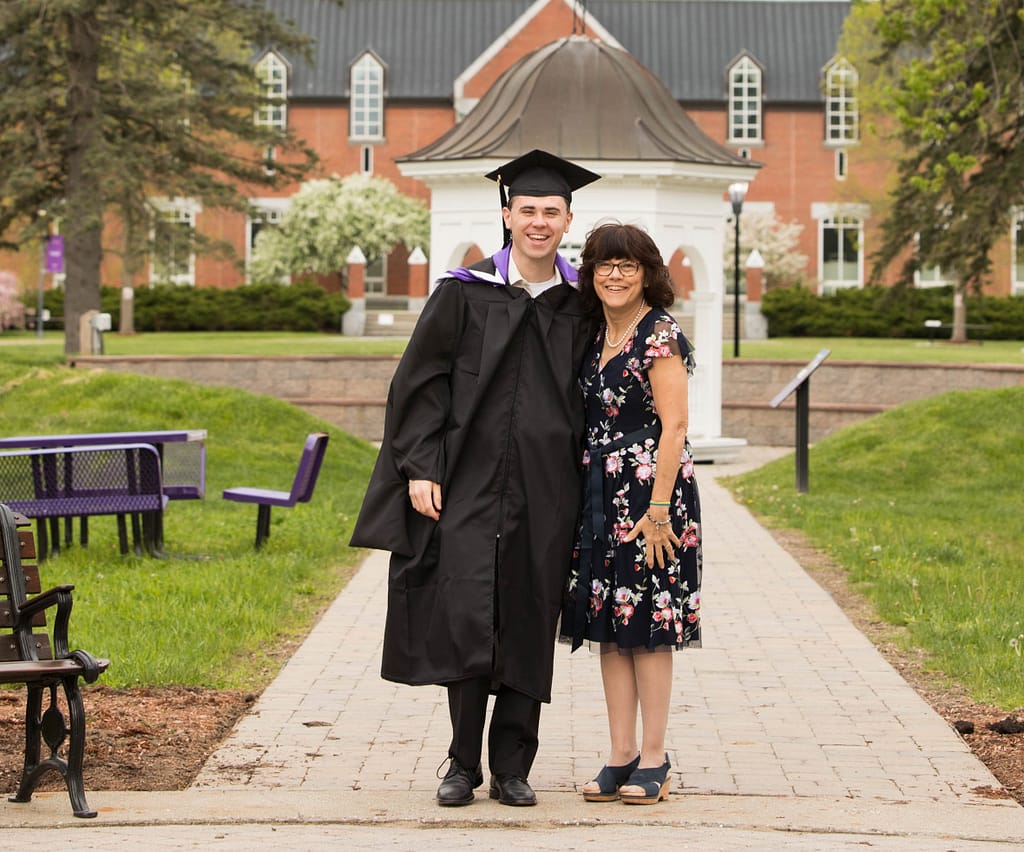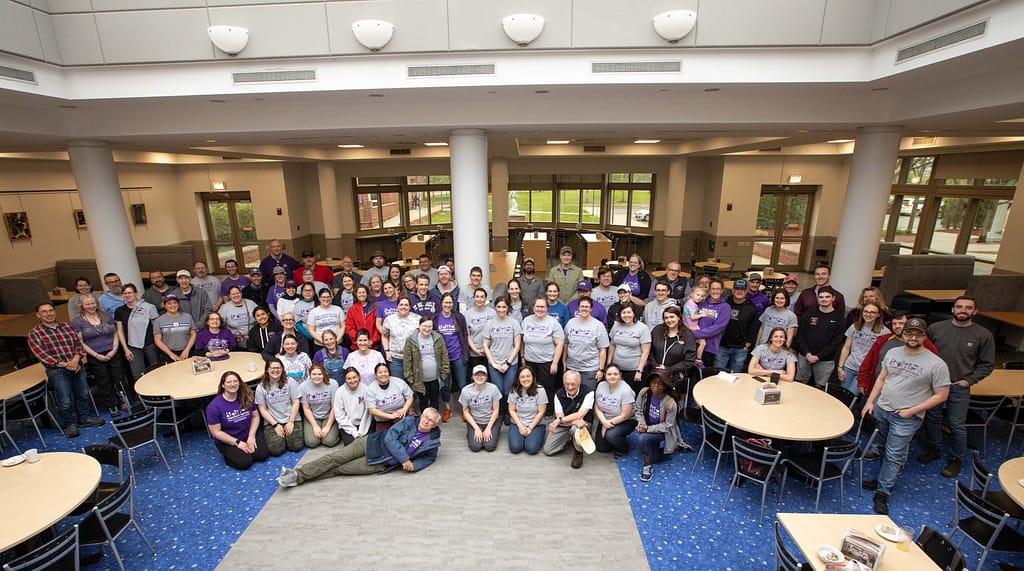High School Juniors: Here’s Your Summertime College Checklist
From Common App tips to campus visit advice, here’s what high school juniors can do over the summer to get ahead.
High school juniors, you’ve made it: After an exhausting year-plus of virtual or hybrid learning, your summer has arrived. You’ve earned the right to relax.
But some advice?
Do yourself a favor and carve out some time to lay the groundwork for your college application process in the fall. That way when things get busy again, you’ll be ahead of schedule.
Here’s a checklist of things you can do in the summer months to save yourself some time—and stress—when crunch time hits in the fall.
Visit your top-choice campuses.
If you haven’t already, put a campus visit (or three) on your calendar. Experiencing a college in person is the absolute best way to know if it feels right.
That said, the late stages of the COVID-19 pandemic might make this complicated, so here’s how to overcome some common challenges:
What if a campus isn’t hosting regular tours? Call the university’s admissions office to ask if they’re open to small-group tours by appointment. Failing that, ask if there’s a self-guided tour option. If the university isn’t allowing any visitors at all, look into virtual tour offerings on the admissions website.
What if you or your family don’t feel comfortable traveling just yet? Collegiate Parent has some recommendations for getting to know a campus without setting foot on it. Ideas include signing up for any virtual prospective student programs the institution may offer, searching for a student-produced virtual tour on CampusReel.com, or asking the admissions office to connect you with a current student for a chat via phone or Zoom.
Review admission requirements for your target schools.
Every institution is just a little bit different in what information they ask you for, when they want to receive it, and how. Once you’ve finished your visits and have a final list of universities to which you want to apply, review their admissions requirements (you can find Saint Michaels’ here) and create a checklist of what you’ll need to provide. As you make your checklist, make note of important submission deadlines, add them to the calendar in your phone, and add alerts to ensure you don’t miss them.
Create your Common App account.
Although the Common App is a big time-saver for applying to multiple institutions, it requires a lot of information — so get started early. You can create your account anytime over the summer, and review how the application works and what you’ll need to complete it. The application doesn’t officially open until August, but you can begin working on a couple of key elements in advance to save you time later.
One is the Activities Section; this is not merely a list but an opportunity to tell the story of what makes you a unique candidate for admission. Check out this advice for creating an Activities Section that’ll turn heads.
Start planning your application essays.
Whether you’re applying to an institution that uses the Common App or one that doesn’t, chances are they’ll be asking you for a personal statement or essay. Like the Activities Section, your essay is a prime chance to show your potential college how great you are. But it, too, requires preparation, so don’t leave this to the last minute.
Your junior-year summer is the perfect time to get started. Reach out to your guidance counselor or a former teacher for advice. Google can help, too: Type in “college essay advice” and you’ll find a sea of resources and step-by-step guides aimed at helping prospective students brainstorm, outline, draft, and proofread winning essays.
Organize your financial aid information.
Like the Common App, the Free Application for Federal Student Aid (FAFSA) requires a lot of documentation. Use your time over the summer to start collecting the information you’ll need—which includes your family’s federal tax forms, bank statements, investment records, and more—for your FAFSA.
This article provides an overview of what you need to do to apply for federal financial aid, and it estimates you can fill out the entire FAFSA form in about a half hour if you have all your documents at the ready.
Search for additional scholarships.
Start with Fastweb, which houses more than 1.5 million scholarships totaling $3.4 billion and highlights awards that match your interests and skills. Also look close to home: Many businesses, associations, and families provide scholarships to local students. Ask your guidance counselor for any information they may have or follow the advice U.S.News and World Report offers for seeking and scoring local scholarships.
Finally, see what scholarships your target schools offer. Some institutions require separate applications, but others—like St. Mike’s—make their financial decisions based solely on the information you submit via the FAFSA and Common App.
Make your letter-of-recommendation requests.
If you’re waiting until September to ask your teachers, coaches, or bosses to write letters for you, you’re (almost) too late. These people may be getting the same request from one (or several) of your classmates, so get on your writers’ radar now.
In early summer, determine how many letters you need and whom you’d like to write them. Reach out to those people as soon as possible, so you can select alternates if your top choices aren’t available. Toward the end of the summer, prepare packages for each of your recommendation writers so they’ve got all the information they need to sing your praises (and to send them on time).
—
Speaking of campus visits, we’d love to show you around St. Mike’s this summer. Come check out our campus and our beautiful hometown of Burlington.





